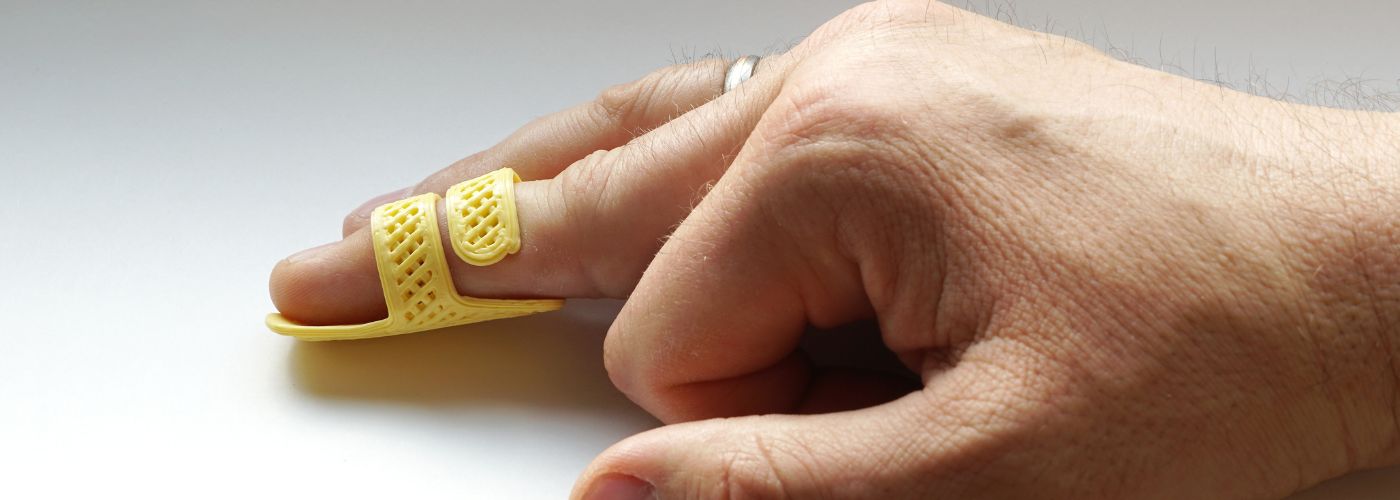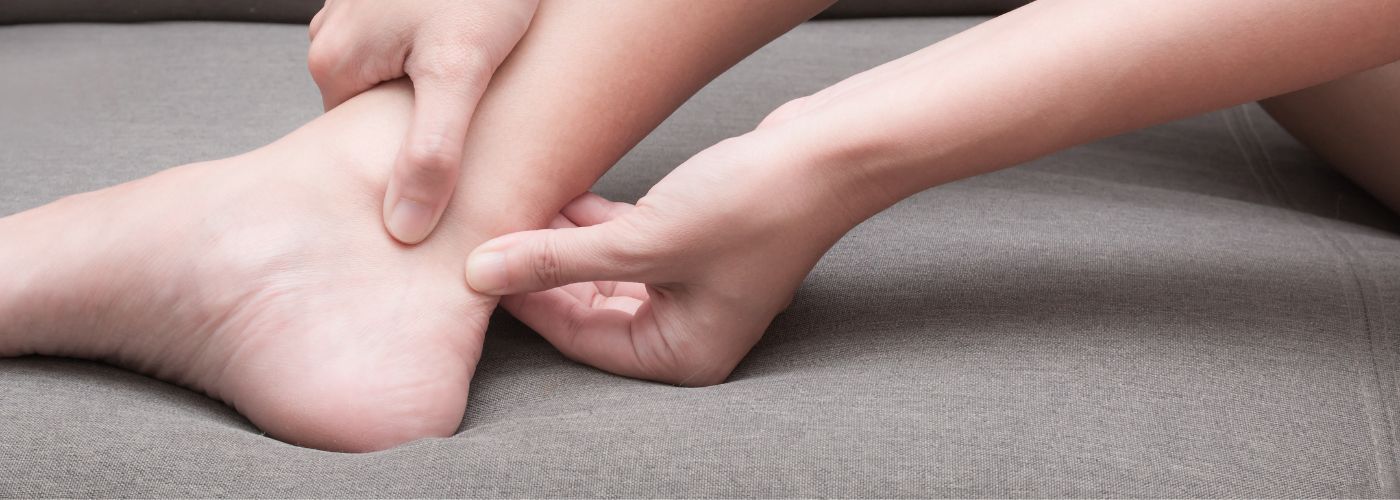Tendonitis is a condition that affects millions of people around the world, with symptoms ranging from mild to debilitating. It is an inflammation or irritation of a tendon, usually caused by repetitive motion and overuse of the area. We’ll be going over some of the major causes of tendonitis & how to help it.
What Is Tendonitis
Tendonitis is a common condition that affects the tendons in the body, which are responsible for connecting muscle to bone. It occurs when the tendon becomes inflamed and irritated, resulting in pain and stiffness. Many then seek natural pain therapy each year to treat tendonitis.
Tendonitis can occur anywhere in the body, but it is most frequently seen in the shoulders, elbows, wrists, knees, ankles, and heels.
The most common symptom of tendonitis is pain at the site of inflammation. The area may be tender to touch or become swollen. Pain may worsen with activity or movement and range from mild to severe depending on how much damage has occurred to the tendon.
Other symptoms can include redness around joints and decreased range of motion or difficulty moving certain body parts due to stiffness or immobility. In some cases, people may also experience numbness or tingling sensations near the affected area.
Can Tendons Heal Naturally

Tendons are tough, flexible bands of tissue that connect muscles to bones. They play an important role in our mobility and overall physical health, but when they suffer injury or strain, the recovery process can be difficult and painful.
Fortunately, tendons may heal naturally with proper medical attention and care.
The healing process for a tendon injury typically takes 6-8 weeks, depending on the severity of the strain or tear. During this period, rest is crucial as it allows your body the time it needs to heal from within.
Additionally, physical therapy may be recommended by your doctor to strengthen the tendon tissues and promote faster healing times. Physical therapy exercises will help restore movement in the affected area while also helping reduce pain and inflammation associated with tendon injuries.
TENS devices supplemented with physical therapy may speed up the recovery of injured tendons. TENS & EMS therapy is a therapeutic modality that combines transcutaneous electrical nerve stimulation (TENS) and electrical muscle stimulation (EMS).
Used to alleviate chronic pain, while EMS assists in strengthening and conditioning muscles. This type of therapy effectively treats many physical ailments, such as back pain, arthritis, muscle spasms, neck pain, and chronic headaches.
How To Strengthen Tendons

Having strong tendons is essential for optimal health and peak performance. Tendons are the tough, fibrous cords that connect your muscles to your bones. They help you move and play an important role in stabilizing joints.
To keep your tendons healthy, it’s important to have a balanced exercise routine that strengthens the muscles around them. Here’s how to strengthen tendons in four easy steps:
First, focus on slow movements with high repetitions to condition your body and gradually increase strength. Slow movements can include exercises like squats or push-ups but also incorporate other exercises that work different muscle groups, as well as stretching and foam rolling to reduce tension in the area you’re targeting.
Second, increase the load gradually, so your tendons don’t experience too much strain at once. You can do this by adding weight to your exercises. If you normally do a push-up with your body weight, try doing the same amount of repetitions but with extra weight on your back or your arms for an added challenge.
Third, make sure you rest your tendons. The more you use and exercise them, the stronger they’ll get. This is also why it’s important to increase the load gradually, so you don’t overdo it all at once.
Fourth, stretch and foam roll the area you target. Stretching and foam rolling will help give your tendons a break from their exercise routine. This will also help them recover faster, crucial for improving strength.
How Long Does It Take For Torn Tendons To Heal
Tendons are the fibrous tissues that connect your muscles to your bones. When these tissues become torn, it can take months or even years to heal properly.
Knowing how long it takes for a torn tendon to heal is important for those who have suffered such an injury since proper management and therapies must be taken to ensure that the healing process will go smoothly.
The length of time it takes for a tendon to heal depends on the severity of the injury. Minor tears may only require a few weeks of rest and physical therapy to recover fully. More serious injuries may take several months or even longer before completely healing.
In addition, different types of tendons vary in terms of their healing times, with some taking less time than others. If injured, always consult a doctor about your health for proper diagnosis and treatment.

Related Stories
Summer Olympics Legacy: From Past to Paris 2024
The 2024 Summer Olympics in Paris are set to be an amazing celebration of tradition,
Jul
Top Device For Neck & Back Massages
Are you tired of constantly battling neck and back pain after a long day at
Jul
Best Low Impact Workouts For Back Pain
Are you tired of dealing with back pain that seems to flare up every time
Jul
How To Use TENS Socks For Peripheral Neuropathy
Imagine being able to treat the tingling, numbness, and pain associated with peripheral neuropathy without
Jul
Maintenance Tips For TENS Unit Gel Pads
As you settle in for a soothing session with your TENS unit, the last thing
Jul
Tech-Powered Holistic Therapy with HiDow
July is Holistic Therapy Month, a time to celebrate practices that nurture the mind, body,
Jun